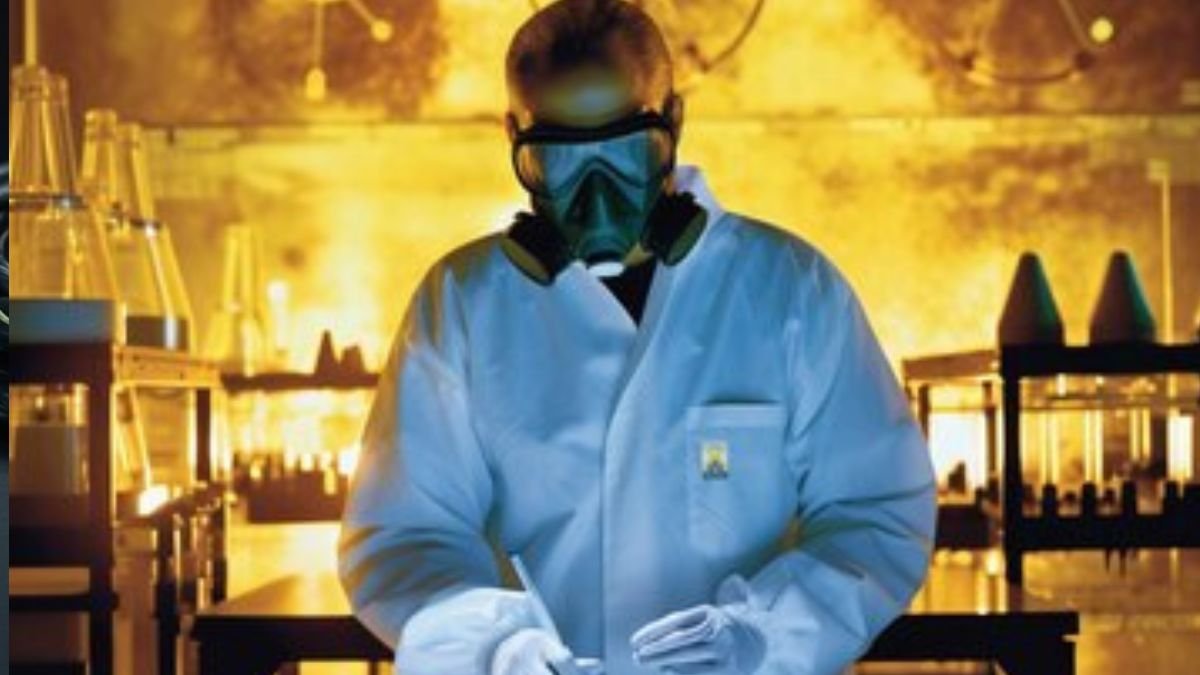Modern industries are grappling with the challenge of plsar technology to remove sulfur in fuels and gases, which has detrimental effects on the environment and human health. As the world transitions toward greener energy solutions, sulfur removal technology has become an essential area of focus. Sulfur, primarily in the form of sulfur dioxide (SO₂), is a significant pollutant, contributing to acid rain, respiratory issues, and environmental degradation. Therefore, the development of innovative desulfurization technologies is critical to mitigating these effects and promoting cleaner energy sources. This article delves into the latest advancements in sulfur removal technology, exploring how these innovations are transforming the landscape of energy and environmental sustainability.
Introduction to Sulfur Removal Technology
Sulfur removal technology, often referred to as desulfurization, involves various processes designed to eliminate sulfur compounds from fuels, industrial emissions, and natural gases. The goal is to reduce the release of sulfur dioxide into the atmosphere, thereby preventing its harmful environmental and health effects. These technologies play a crucial role in industries such as petroleum refining, natural gas processing, and power generation, where sulfur compounds are prevalent in feedstocks.
The Importance of Desulfurization in Modern Industries
Sulfur compounds are naturally present in fossil fuels, and their combustion leads to the emission of sulfur oxides (SOx), primarily sulfur dioxide. SOx are significant contributors to air pollution, acid rain, and smog formation. Reducing sulfur emissions is vital not only for complying with environmental regulations but also for improving air quality and reducing the public health risks associated with sulfur exposure.
The importance of sulfur removal technology extends beyond environmental protection. It also enhances the quality of fuels and reduces corrosion in industrial equipment, leading to improved efficiency and longevity of machinery. Furthermore, as countries worldwide adopt stricter emission standards, industries are increasingly required to implement effective desulfurization processes to meet regulatory demands.
Traditional Sulfur Removal Methods
These traditional methods include hydrodesulfurization (HDS), gas scrubbing, and the Claus process.
Hydrodesulfurization (HDS): Hydrodesulfurization is a widely used chemical process in petroleum refining that removes sulfur by converting it into hydrogen sulfide (H₂S) through a reaction with hydrogen gas. While effective, HDS requires high temperatures and pressures, making it energy-intensive and costly.
Gas Scrubbing: Gas scrubbing is another common method, particularly for removing sulfur dioxide from flue gases in power plants. It involves the use of liquid sorbents, such as alkaline solutions, to absorb sulfur dioxide from the gas stream.
The Claus Process: The Claus process is primarily used in natural gas processing to convert hydrogen sulfide into elemental sulfur. It involves a series of chemical reactions that oxidize hydrogen sulfide into sulfur and water. The Claus process is highly efficient but limited to specific applications where hydrogen sulfide is present in significant concentrations.
Advancements in Sulfur Removal Technology
In recent years, advancements in sulfur removal technology have led to more efficient and environmentally friendly solutions. These innovations focus on improving the effectiveness of sulfur removal, reducing energy consumption, and minimizing waste production. Some of the most promising technologies include oxidative desulfurization, biodesulfurization, and the use of novel sorbents.
Oxidative Desulfurization (ODS): Oxidative desulfurization is an emerging technology that offers a more efficient alternative to hydrodesulfurization. This process operates at lower temperatures and pressures compared to HDS, making it more energy-efficient and cost-effective. Additionally, ODS can target refractory sulfur compounds that are difficult to remove using traditional methods.
Biodesulfurization: Biodesulfurization leverages the power of microorganisms to remove sulfur compounds from fuels and gases. Certain bacteria and fungi have the ability to metabolize sulfur compounds, breaking them down into less harmful substances. However, the scalability and commercial viability of biodesulfurization are still under investigation.
Novel Sorbents for Desulfurization: The development of novel sorbents, such as metal-organic frameworks (MOFs) and zeolites, has revolutionized sulfur removal processes. These materials have high surface areas and tunable pore sizes, allowing for selective adsorption of sulfur compounds from gases and liquids. MOFs, in particular, have shown great promise in capturing sulfur compounds due to their customizable structures and high adsorption capacities. The use of these advanced sorbents can significantly enhance the efficiency of sulfur removal, especially in low-sulfur environments.
Catalytic Approaches in Desulfurization
Catalytic desulfurization has emerged as a promising field, focusing on the development of catalysts that can selectively remove sulfur compounds while minimizing the formation of unwanted byproducts.. Recent research has also focused on designing catalysts that can operate at lower temperatures and pressures, reducing the energy requirements of the desulfurization process.
One innovative approach involves the use of nano-catalysts, which offer higher surface areas and greater reactivity than traditional catalysts. These nano-catalysts can enhance the efficiency of sulfur removal, particularly in processes such as oxidative desulfurization and catalytic hydrodesulfurization.
Environmental and Economic Impacts of Sulfur Removal Technology
The implementation of advanced sulfur removal technology has far-reaching environmental and economic impacts. By reducing sulfur emissions, these technologies help to protect ecosystems from acid rain, improve air quality, and decrease the prevalence of respiratory diseases. Furthermore, the production of cleaner fuels through desulfurization supports the transition to low-emission vehicles and cleaner energy sources, contributing to global efforts to combat climate change.
From an economic perspective, sulfur removal technology can lead to cost savings for industries by reducing equipment corrosion and improving fuel quality. Additionally, industries that invest in advanced desulfurization processes can avoid penalties and fines associated with non-compliance with emission standards, further enhancing their profitability.
Conclusion: The Future of Sulfur Removal Technology
As the demand for cleaner energy and stricter environmental regulations continues to grow, sulfur removal technology will play a pivotal role in shaping the future of energy production and environmental protection. The ongoing development of more efficient, cost-effective, and sustainable desulfurization processes will help industries meet regulatory requirements while minimizing their environmental footprint.
Looking ahead, the integration of advanced materials, catalysts, and biological systems into sulfur removal technology holds great promise for further reducing sulfur emissions and improving the sustainability of industrial processes. By investing in these technologies, industries can not only protect the environment but also enhance their competitiveness in an increasingly eco-conscious market.
FAQs
How does plsar technology to remove sulfur removal technology benefit the environment?
Sulfur removal technology reduces sulfur emissions, preventing acid rain, improving air quality, and decreasing the occurrence of respiratory diseases caused by sulfur dioxide pollution.
What are the most common methods of sulfur removal?
The most common methods include hydrodesulfurization, gas scrubbing, and the Claus process. Newer methods like oxidative desulfurization and biodesulfurization are gaining popularity due to their efficiency and environmental benefits.
How does oxidative desulfurization differ from traditional methods?
Oxidative desulfurization operates at lower temperatures and pressures, making it more energy-efficient. It also targets refractory sulfur compounds that are difficult to remove using traditional methods like hydrodesulfurization.
What is biodesulfurization?
Biodesulfurization is a process that uses microorganisms to metabolize and remove sulfur compounds from fuels and gases. It is considered an environmentally friendly and sustainable approach to sulfur removal.
What are metal-organic frameworks (MOFs) and how are they used in desulfurization?
Metal-organic frameworks (MOFs) are advanced sorbents with high surface areas and customizable structures. They are used in desulfurization to selectively adsorb sulfur compounds, enhancing the efficiency of the removal process.
Can plsar technology to remove sulfur help in reducing climate change?
Yes, plsar technology to remove sulfur supports cleaner energy production by reducing sulfur emissions and producing cleaner fuels. This contributes to global efforts to reduce greenhouse gas emissions and combat climate change.





